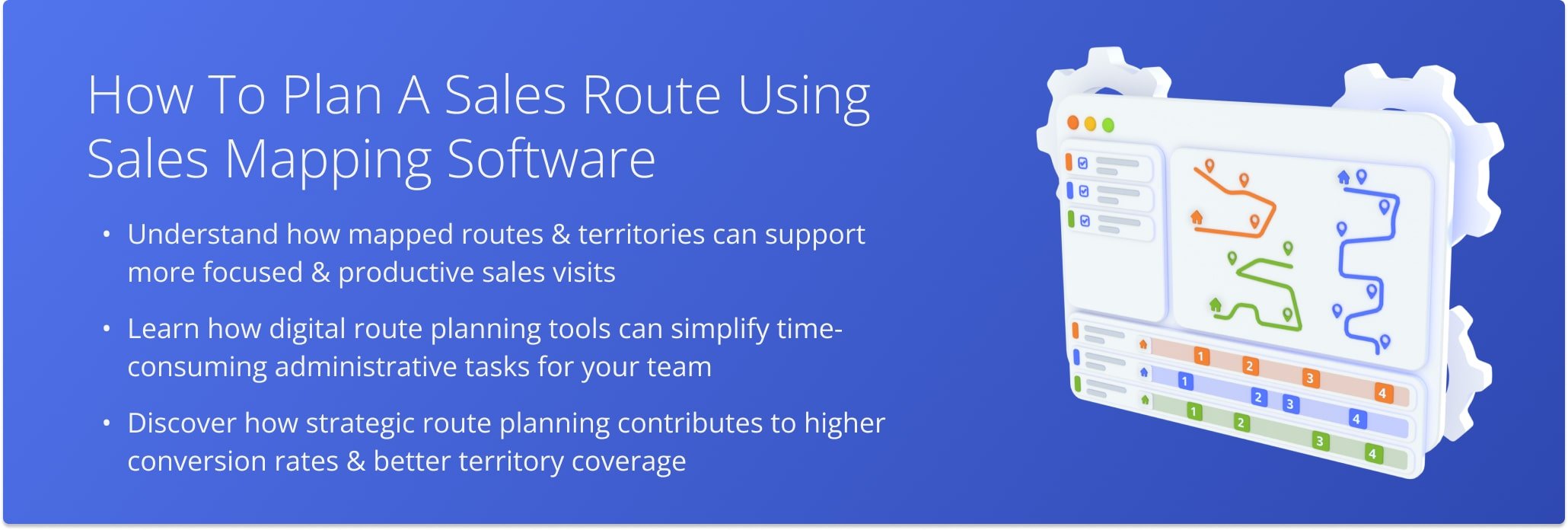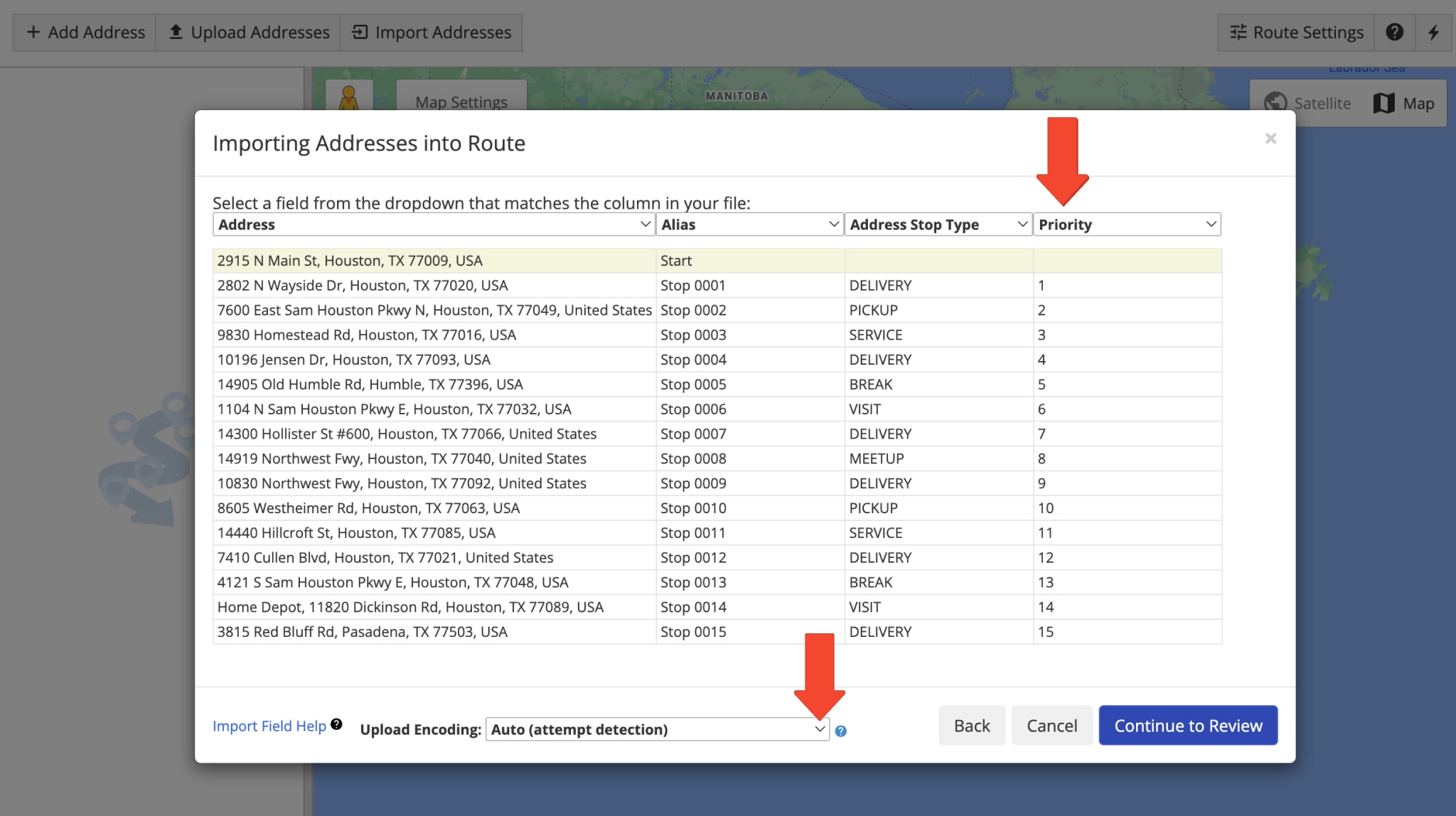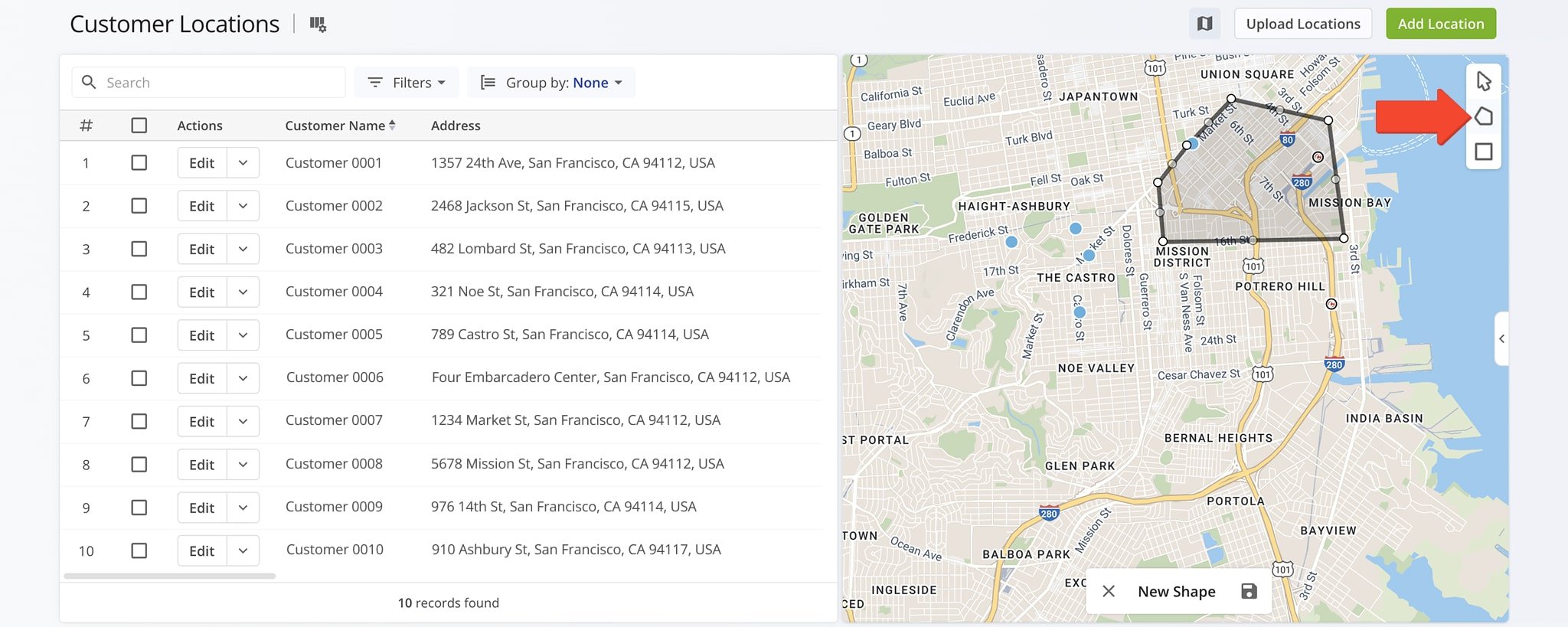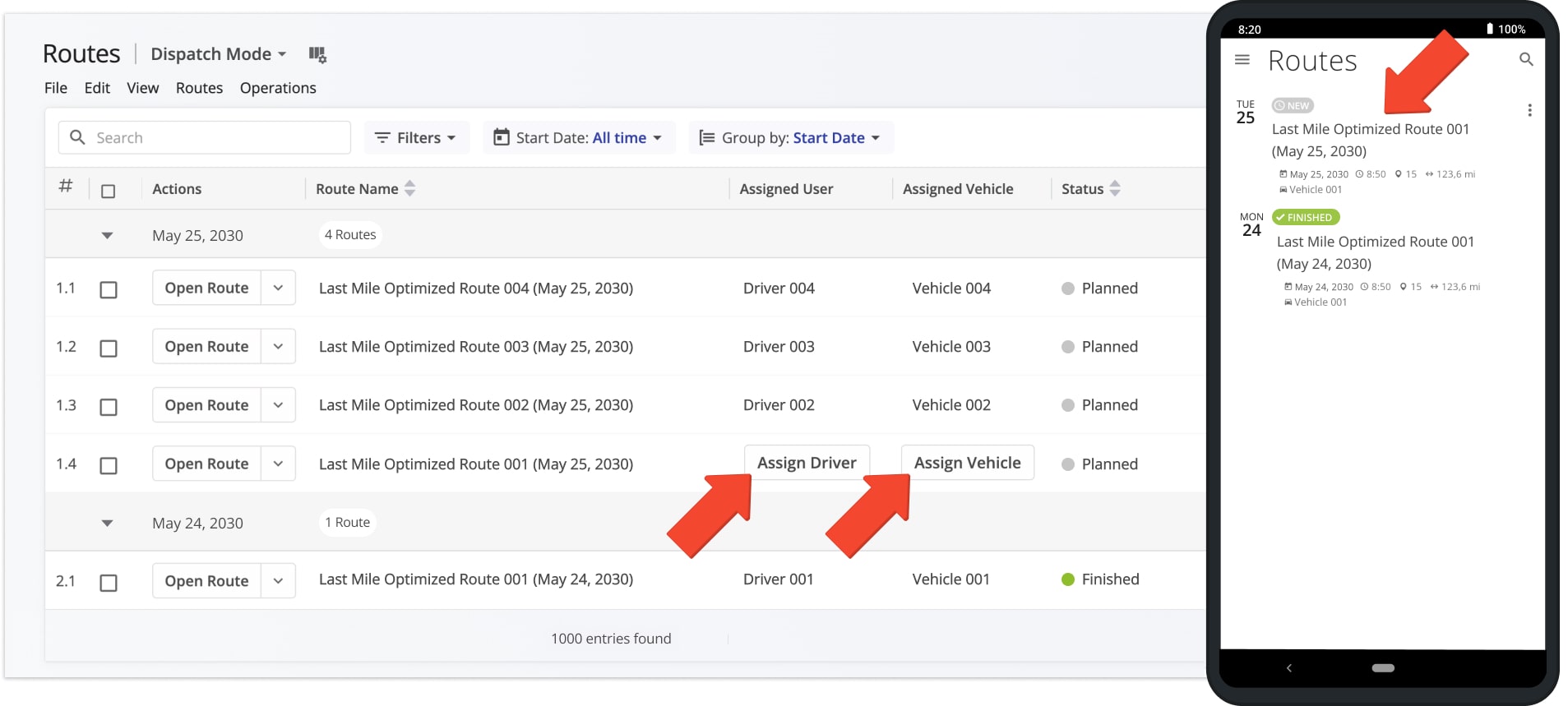How To Plan A Sales Route Using Sales Mapping Software
Sales route planning is a critical part of any effective sales strategy, especially when your team is covering large or complex territories. Without planned and optimized routes, sales reps waste valuable time navigating between stops instead of focusing on building customer relationships and closing deals. By using a sales mapping software solution that integrates with your CRM and supports sales territory mapping, you can create efficient routes that align with your sales goals. Learn how to streamline your sales efforts and increase productivity with a smart, multi-stop route planner
Table of Contents
1. Import Sales Addresses From Your CRM
Start by integrating your sales mapping software with your CRM. This lets you sync and import customer and prospect details directly into the route planner, ensuring reps have the right information for every stop on their sales route.
With Route4Me, you can also add notes and customer details to each address, giving your reps more context before every meeting.
2. Group Addresses Into Sales Territories
Once addresses are imported, map them and create sales territories. Territories can be defined by drawing boundaries on a map and grouping customer locations within those areas.
With Route4Me sales mapping software, you can color-code territories, track how many addresses are in each one, and quickly balance workloads across your team.
3. Plan Routes For Each Territory
After territories are set, the next step is to plan routes. Route4Me’s routing software allows you to generate optimized sales routes for each territory individually or combine multiple territories into a single optimized route. This ensures your reps spend less time driving and more time selling.
4. Assign Territories To Sales Reps
Assigning territories to reps helps maximize coverage and prevent wasted travel. A sales route planner also allows you to match reps to territories based on skills, expertise, or sales experience, making sure each territory is handled effectively.
5. Dispatch Routes To Sales Reps
Once routes are planned and optimized, dispatch them to your team’s mobile devices. Route4Me provides both desktop and mobile apps (iOS and Android) so sales reps can easily follow their routes in the field.
With the app, reps can navigate optimized multi-stop sales routes, add notes at each stop, and receive updates in near real time. This keeps everyone aligned and productive.
Last Updated:





